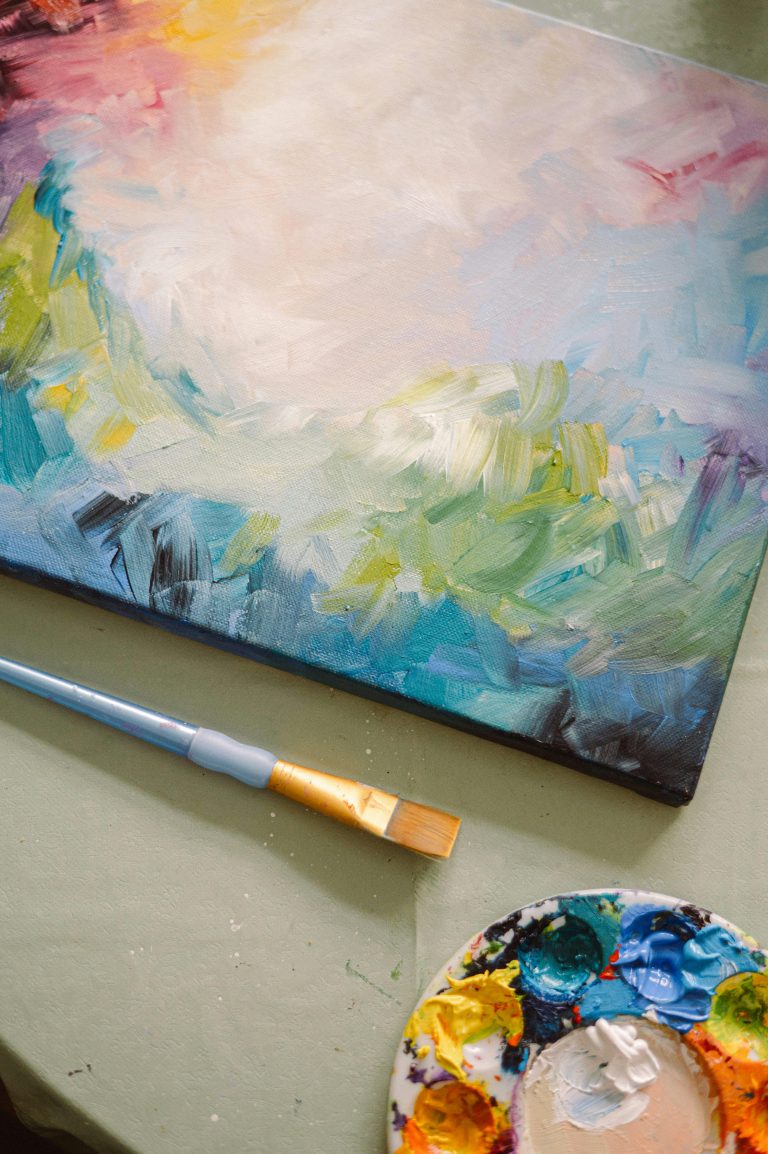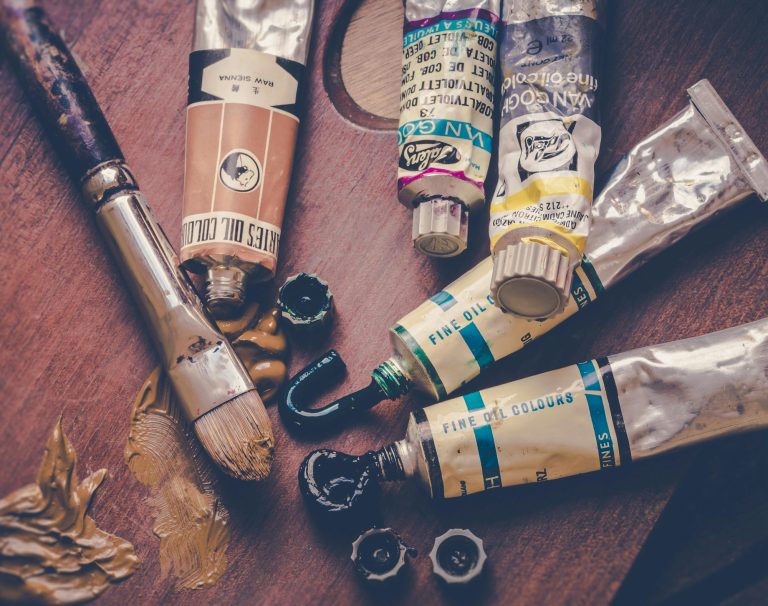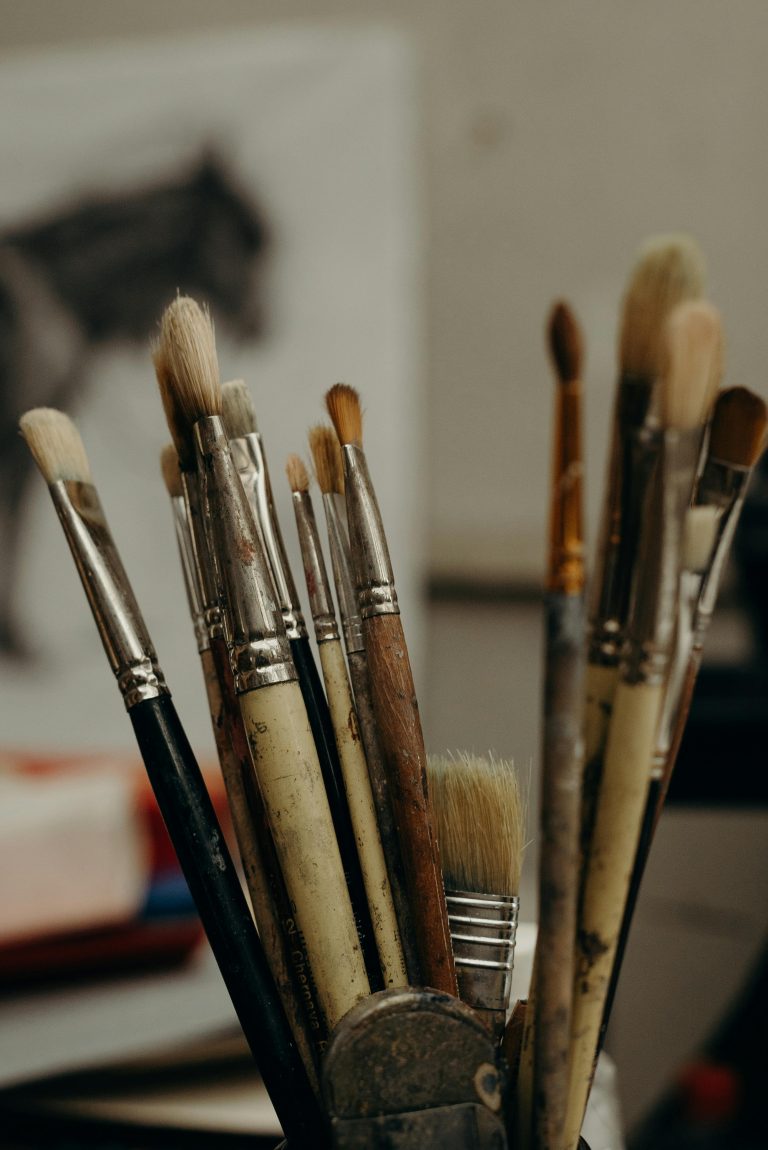The Link Between Visual Minimalism and Mental Clarity
In a world of overstimulation, minimalism feels like a breath of fresh air. Clean lines, neutral tones, and uncluttered visuals aren’t just trendy—they’re therapeutic. Minimalist visuals don’t just look good; they help us feel calmer, more focused, and emotionally lighter. But why does less sometimes feel like more when it comes to what we see?
Clutter Overwhelms the Mind
Visual clutter demands attention. Each extra object, color, or detail adds to the brain’s processing load. When we see a busy image or chaotic scene, the brain works overtime trying to make sense of it all. This can quietly trigger stress, distraction, and even decision fatigue. Minimalist visuals, by contrast, offer space—space for the eyes to rest and the mind to breathe.
The Psychology of White Space
White space (or negative space) isn’t just “empty” space—it’s a powerful design element. It gives balance, improves focus, and allows the main subject to stand out. Psychologically, white space is linked with calm, clarity, and mindfulness. It tells the brain that not everything needs to be filled, rushed, or crowded.
Simplicity Signals Safety
Minimal visuals often use symmetry, neutral tones, and repetitive structure—elements that our brains interpret as safe and predictable. This sense of order can feel comforting, especially during stressful times. A minimalist space or feed doesn’t just look intentional—it feels intentional, which translates to emotional grounding.
Emotional Detox Through Design
Sometimes, the visual overload we experience online mirrors the emotional clutter we feel internally. Curating a minimalist digital space (like a Pinterest board, vision journal, or desktop background) can feel like a detox. It reduces overwhelm, boosts clarity, and gives your mind room to re-center.
The Rise of Aesthetic Minimalism
From Japandi interiors to soft neutral Instagram feeds, minimalist aesthetics have surged in popularity. That’s not just a coincidence—it’s a cultural response to burnout, distraction, and digital chaos. We’re collectively craving simplicity, softness, and stillness. And visual minimalism helps deliver that in a way that feels attainable and soothing.
Final Thoughts
Minimalism isn’t about deprivation—it’s about clarity. It’s a visual reminder that peace doesn’t come from more; it often comes from less. By surrounding yourself with simpler visuals, you make more space for mental stillness, emotional regulation, and a deeper sense of calm.
For more ways to slow down and reset, keep coming back to SootheSync.







